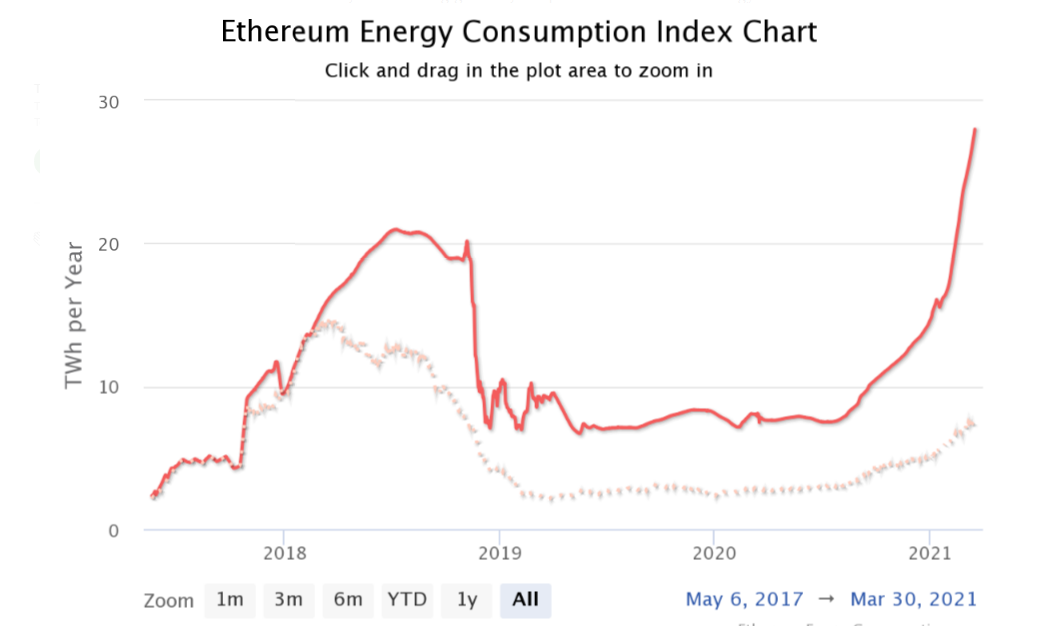

Non-fungible tokens (or NFTs) are the newest players in the cryptocurrency market, and their environmental impact may surprise you. NFTs are illiquid and speculative investments. A new way to determine ownership of digital property using a blockchain ledger, NFTs are increasingly popular in the art and collectibles scenes.What is wrong with NFT?īecause an NFT is unique, it makes them a poor mode of exchange: the power in currencies lies in the fact that any one can be exchanged for any other one of the same kind.What is NFT and why is it bad? NFT, or nonfungible token, is a buzzy term that many of us heard for the first time in 2021. NFTs create new ownership opportunities, and remix old ones. A total of almost 30,000 people pitched in together to buy this NFT.Why NFTs are the future? Pak’s ‘The Merge’ The Merge officially became the most expensive NFT ever sold on December 2, 2021, when it was sold for $91.8 million.

To get a sense of NFTs’ energy consumption, you’ll have to understand the process of how they’re bought and sold. So where does energy consumption come in? The bustling industry has flung open the door for emerging and established artists as another way to promote their work, especially when presented with the challenges of the pandemic. There are several other over-the-top examples of high-selling art in the digital realm. For example, according to Christie’s Auction House, “EVERYDAYS: THE FIRST 5000 DAYS” by Beeple is the first purely digital work of art ever offered by a major auction house. If you’ve seen recent headlines, digital artworks are the hot NFTs we’re talking about here. If you own an original Rembrandt, you have unique ownership of the one-of-a-kind artwork. In this sense, it’s much like tangible art. What may be more important to focus on is the impact of cryptocurrency in general. Also, NFTs aren’t the only goods bought with Ethereum, so even if the art went elsewhere, there would still be transactions eating up energy. There are a few things to keep in mind here.Īs far as production and sales go, a single Ethereum transaction to purchase an NFT consumes less energy than making a t-shirt. Now, multiply that by thousands of transactions daily and you can see how NFTs’ energy consumption takes its toll. How much energy does an nft transaction useįor comparison, that’s just over one and a half days of energy consumption within the standard U.S. Some might point out that this is an element of centralization, but complete decentralization isn’t necessary or prioritized when creating NFTs. This brings us to another misconception that field the first: NFTs are created locally and are stored on a server, not on the blockchain. Basically, the criticism of cryptocurrencies using too much energy can only be extended to Proof of Work based tokens. Rather, they can be instantly created in a matter of seconds for very little energy. There is no intensive energy process that leads to the minting of these tokens. The vast majority of NFTs are not mineable and are actually not created in a decentralized environment.

As a result, if an NFT holder resells the asset, the resale value may be much greater than the initial purchase, depending on where buyers believe the asset’s worth is. Owing to speculation and rarity, NFTs have the potential to rise in value. To conclude NFT art doesn’t really have a worth but the technology does. NFTs may not be a good way to buy internet art but it can be used to give worth to rare in game items in video games or used as a reward on websites. So where does energy consumption come in?.How much energy does an nft transaction use How much energy does one nft transaction use


 0 kommentar(er)
0 kommentar(er)
